What are latex balloons made from?
Latex balloons bring joy to parties worldwide. But have you ever wondered what they're actually made of? Let's explore the simple yet fascinating materials behind these party essentials.
Latex balloons are primarily made from natural rubber latex1, a milky fluid tapped from rubber trees, combined with small amounts of pigments and additives to enhance color and durability.
This natural composition makes them different from synthetic alternatives2.
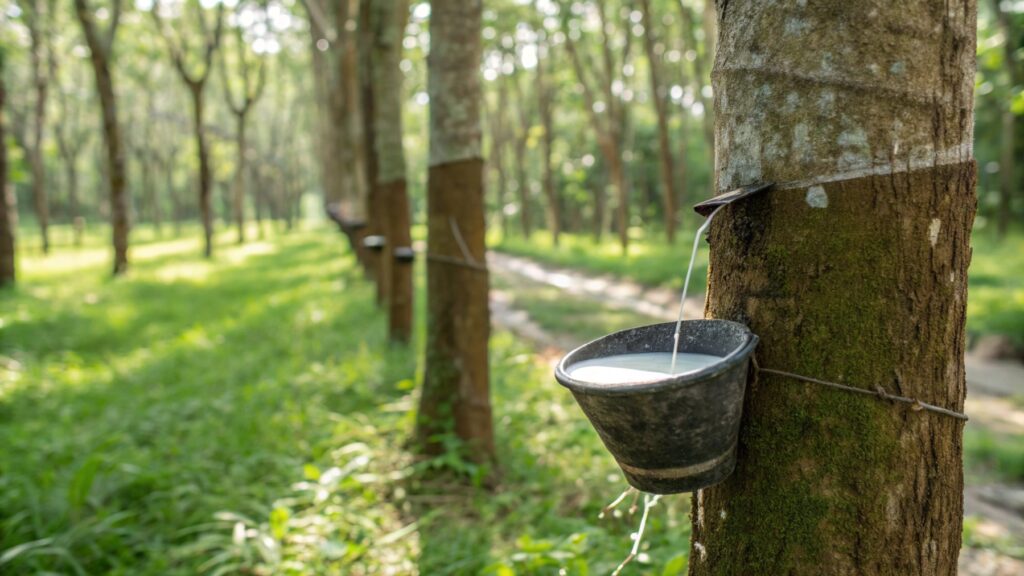
Many people assume balloons are made from plastic, but latex balloons come from a renewable natural source. The production process maintains the material's natural properties while creating vibrant, long-lasting celebration items. Now let's look deeper into what exactly goes into making these popular party decorations.
What materials are used to manufacture latex balloons?
People often think balloons contain complex chemicals. In reality, the ingredient list is surprisingly simple and natural.
The main component is natural rubber latex (about 60-70%), mixed with water (30-40%), pigments (1-5%), and small amounts of additives like ammonia (as preservative) and vulcanizing agents3. These materials work together to create durable, colorful balloons.
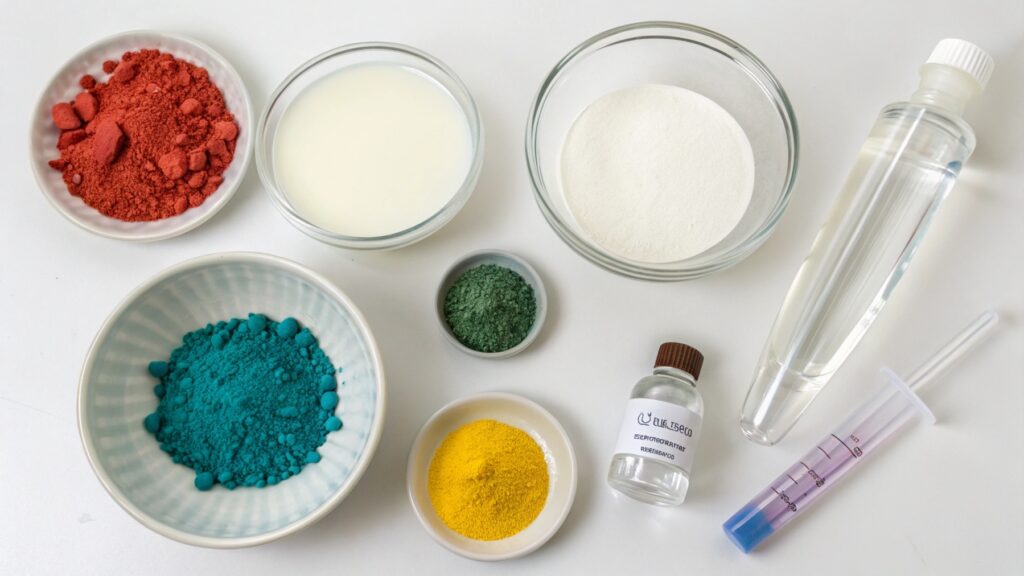
The manufacturing process uses these key materials:
-
Natural Rubber Latex:
- Harvested from rubber trees (Hevea brasiliensis)
- Contains natural polymers that give elasticity
- Biodegradable base material
-
- Provide various colors
- Food-grade safe
- UV-resistant for outdoor use
-
- Ammonia preserves the latex
- Vulcanizing agents strengthen the material
- Surfactants help in molding process
| Material | Percentage | Purpose | Source |
|---|---|---|---|
| Natural latex | 60-70% | Base material | Rubber trees |
| Water | 30-40% | Carrier liquid | Purified |
| Pigments | 1-5% | Color | Mineral/organic |
| Additives | <1% | Preservation, strength | Chemical |
The simple composition ensures safety and environmental friendliness while delivering the performance needed for celebrations.
Are latex balloons biodegradable and eco-friendly?
With growing environmental concerns6, many wonder if latex balloons harm the planet. The truth might surprise you.
Natural latex balloons are biodegradable7, breaking down in soil or water at similar rates to oak leaves (6 months to 4 years), unlike plastic balloons that persist for decades. They offer an eco-friendlier party option8.
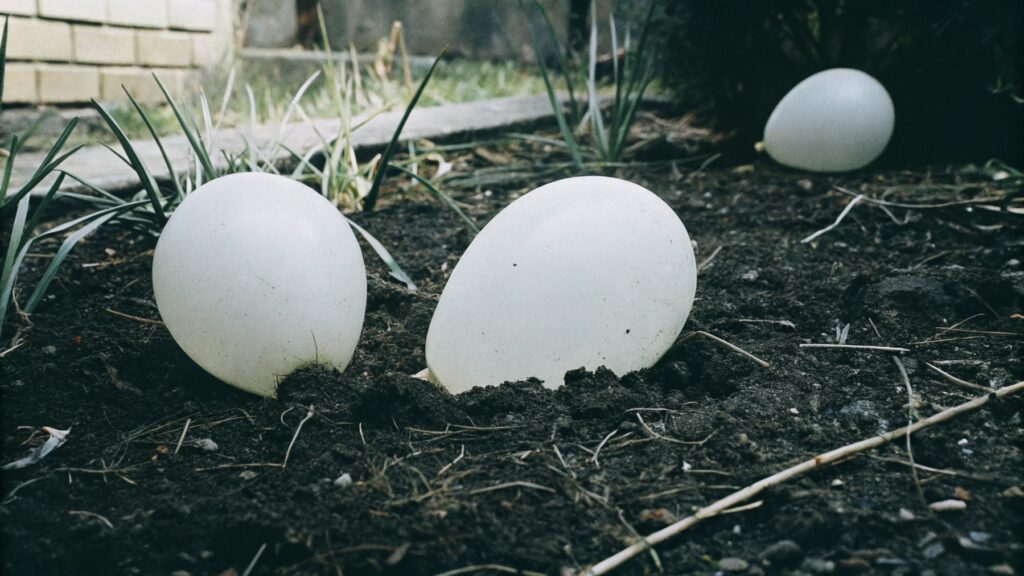
Key environmental facts about latex balloons:
-
- Start decomposing immediately when exposed to microorganisms
- Breakdown speed depends on environmental conditions
- Leave no harmful microplastics
-
Comparison with Alternatives:
- Foil balloons: Not biodegradable (10+ years)
- Plastic balloons: 450+ years to decompose
- Latex: 6 months to 4 years
-
- Rubber trees are renewable resources
- Tree tapping doesn't harm the trees
- Plantations support local economies
Important notes about environmental impact:
- Still should never release balloons outdoors (wildlife hazard11)
- Proper disposal in compost helps faster breakdown
- Look for responsibly sourced latex certifications
How are latex balloons produced in bulk for wholesale buyers?
Mass-producing millions of balloons requires precision and quality control at every step.
Bulk production involves dipping molds into liquid latex compound, curing them in ovens, stripping the balloons, then quality checking before packaging in quantities from 5,000 to 100,000 per case. This efficient process ensures consistent quality.
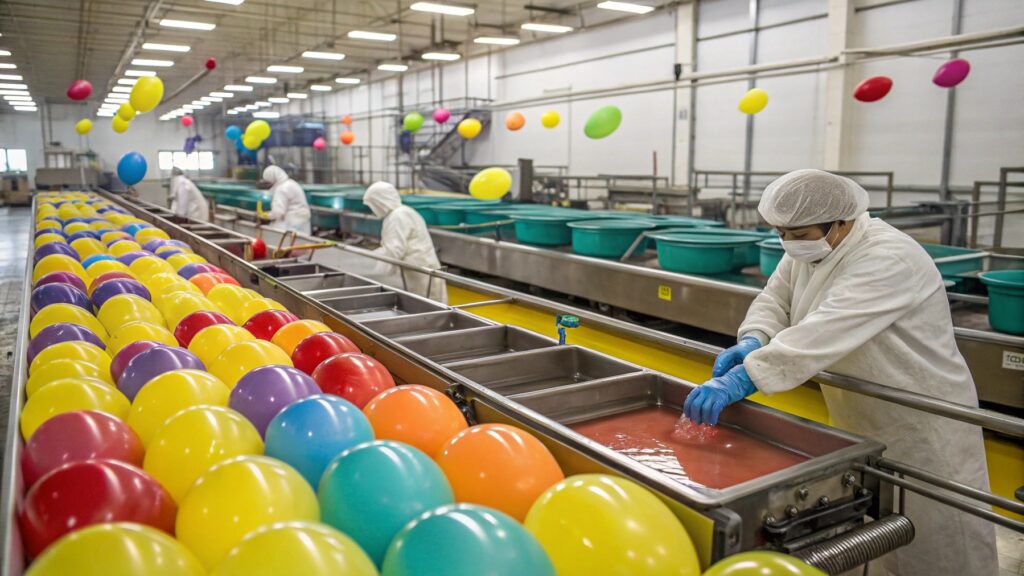
The wholesale production process stages:
-
Mold Preparation:
- Aluminum molds cleaned and preheated
- Coated with release agent
- Different shapes/sizes for variety
-
Dipping Process:
- Molds dipped into latex compound
- Multiple dips for thickness control
- Automated for consistency
-
Curing and Vulcanization:
- Heat treatment in ovens
- Chemical bonds form
- Creates elastic properties
Quality control measures:
- Random sampling for size, thickness
- Inflation and float tests
- Color consistency checks
- Strength and elasticity tests
| Production Capacity: | Balloon Size | Units Per Hour | Units Per Day |
|---|---|---|---|
| 5 inch | 15,000 | 120,000 | |
| 12 inch | 8,000 | 64,000 | |
| 36 inch | 1,500 | 12,000 |
What are the advantages of latex balloons compared to foil balloons?
When planning events, choosing between latex and foil balloons affects budget, aesthetics, and environmental impact.
Latex balloons offer better value (costing 70-90% less than foil), are biodegradable, provide more inflation options (air or helium), and allow creative designs through printing and shaping. They're the versatile choice for most events.
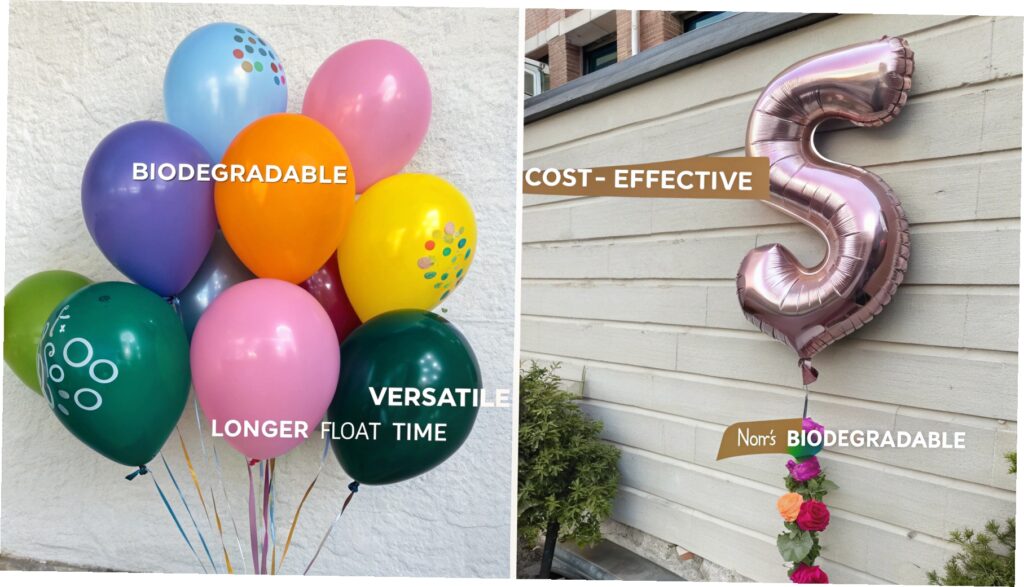
Key comparison points:
-
Cost Effectiveness:
- Latex: $0.02-$0.20 per unit
- Foil: $0.50-$3.00 per unit
- Significant savings for large events
-
Environmental Factors:
- Latex: Biodegradable
- Foil: Non-recyclable mixed materials
- Latex has smaller carbon footprint
-
Creative Possibilities:
- Latex can be:
- Printed with complex designs
- Shaped into animals/characters
- Layered for effects
- Foil limited to metallic finishes
- Latex can be:
| Practical considerations: | Feature | Latex Balloons | Foil Balloons |
|---|---|---|---|
| Float Time | 8-12 hours | 3-7 days | |
| Inflation Options | Air/Helium | Helium only | |
| Reusability | Single-use | Potentially reusable | |
| Custom Printing | Full color | Limited |
Conclusion
Latex balloons are natural, biodegradable products made primarily from rubber tree sap, offering affordable, creative, and eco-friendlier decoration options compared to plastic alternatives.
-
Discover the unique properties and uses of natural rubber latex, which is essential for understanding latex balloons. ↩
-
Learn about synthetic alternatives to natural rubber latex and how they compare in various applications. ↩
-
Learn about vulcanizing agents and their importance in enhancing the durability of latex balloons. ↩
-
Learn about the importance of food-grade pigments in ensuring safety and UV resistance in products, especially for outdoor use. ↩
-
Discover how additives like vulcanizing agents and surfactants enhance the quality and durability of materials in manufacturing. ↩
-
Explore the broader implications of balloon use on the environment and how to make responsible choices. ↩
-
Discover the environmental impact of natural latex balloons and how they compare to plastic options for eco-friendly celebrations. ↩
-
Learn why choosing latex balloons can be a sustainable choice for your next event, reducing environmental harm. ↩
-
Understanding the biodegradation process of latex balloons can help you make informed choices about their environmental impact. ↩
-
Exploring sustainable sourcing of latex reveals how it supports local economies and protects the environment. ↩
-
Learning about the wildlife hazards posed by released balloons can help promote responsible balloon use and disposal. ↩
